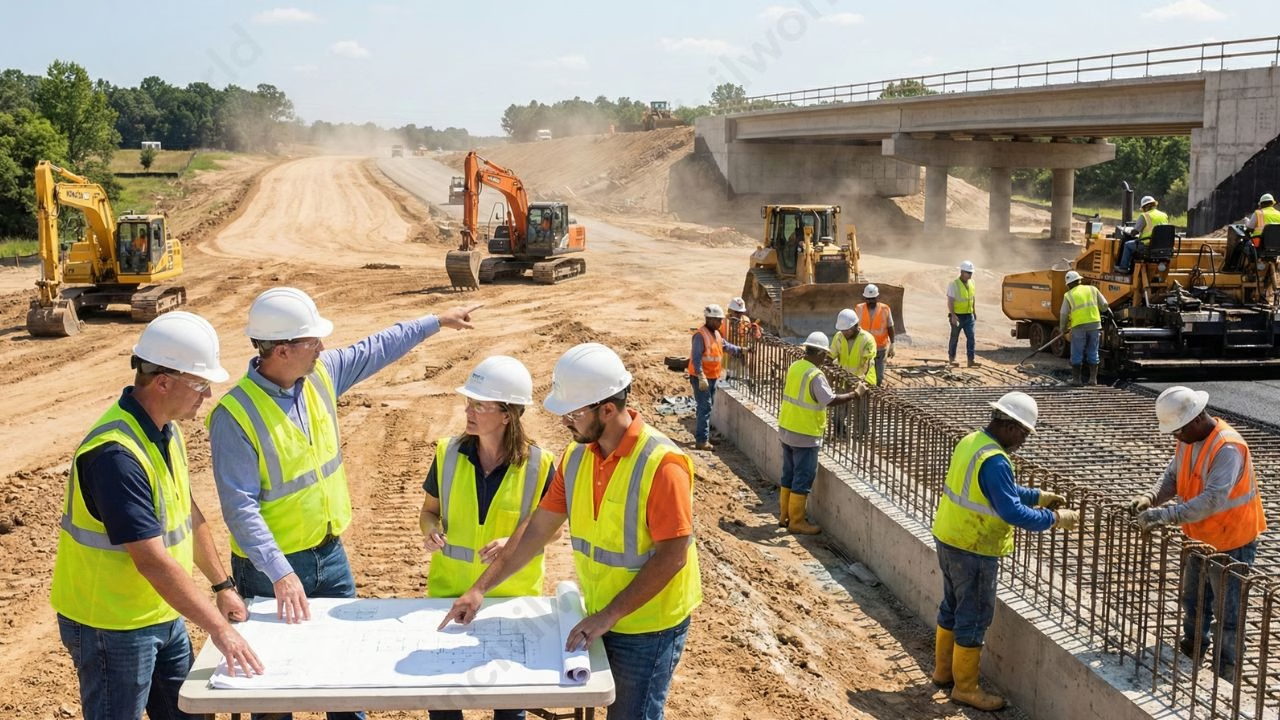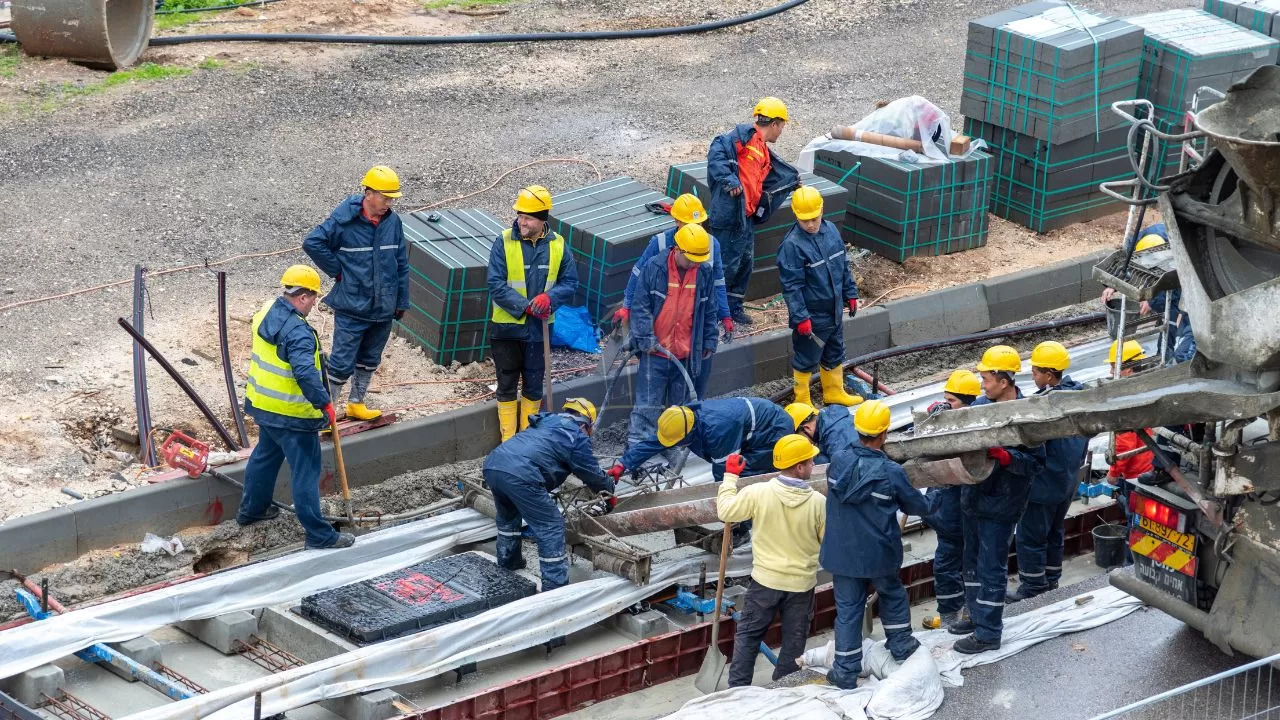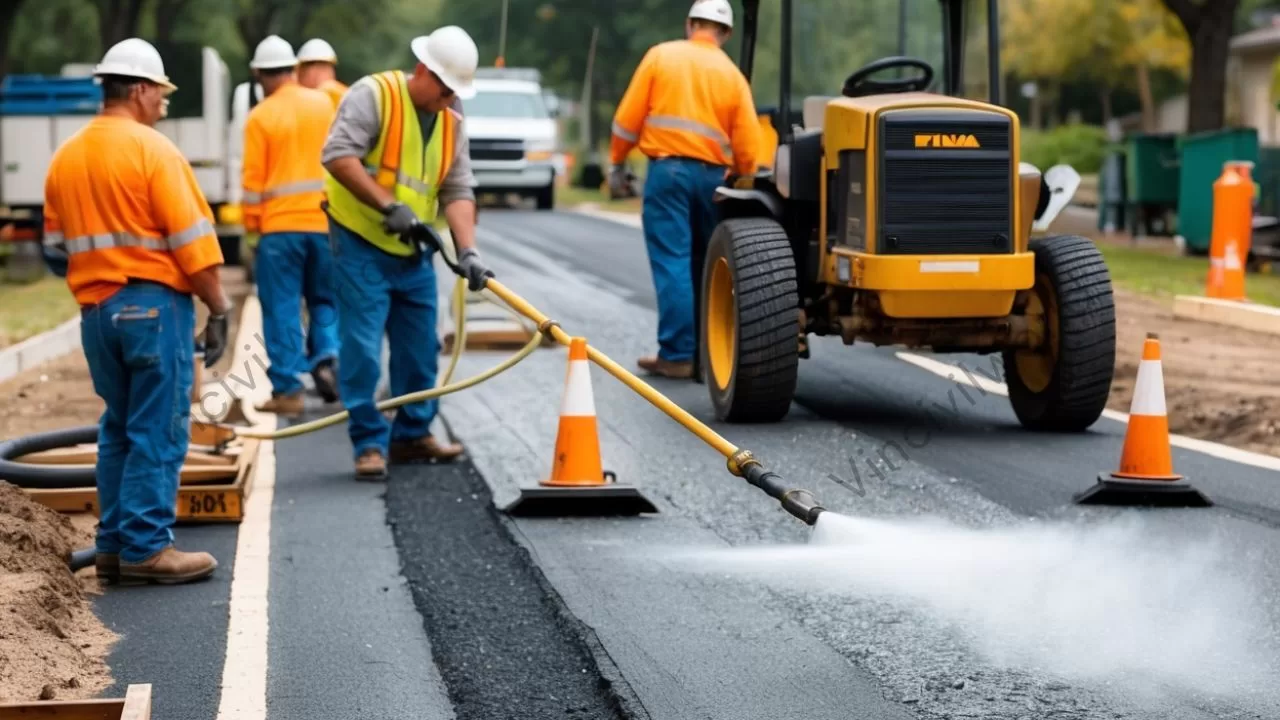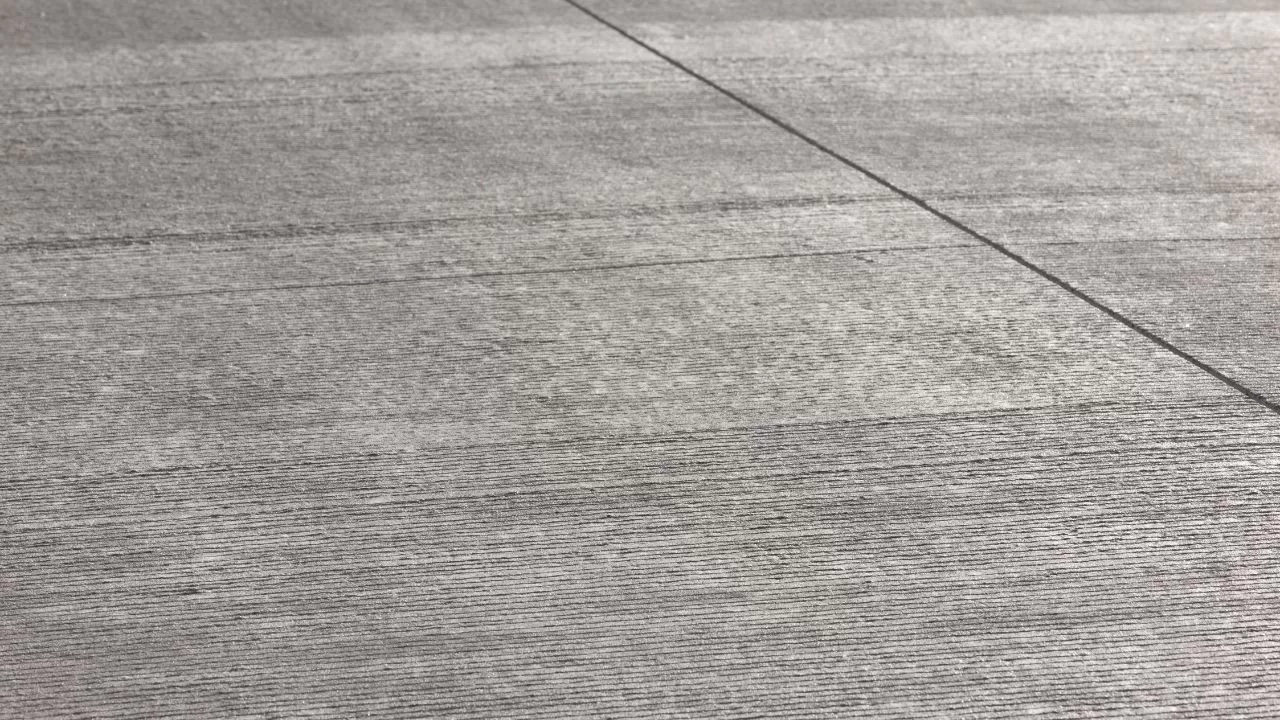Highway Engineering-Importance and Construction Details
Highway engineering is an important topic in civil engineering. It includes the study of roads in depth. The technical aspects involved in this subject plays a significant role in construction of different types of roads. In this blog, I will show you all the details of the subject including the definition, topics, importance etc.








